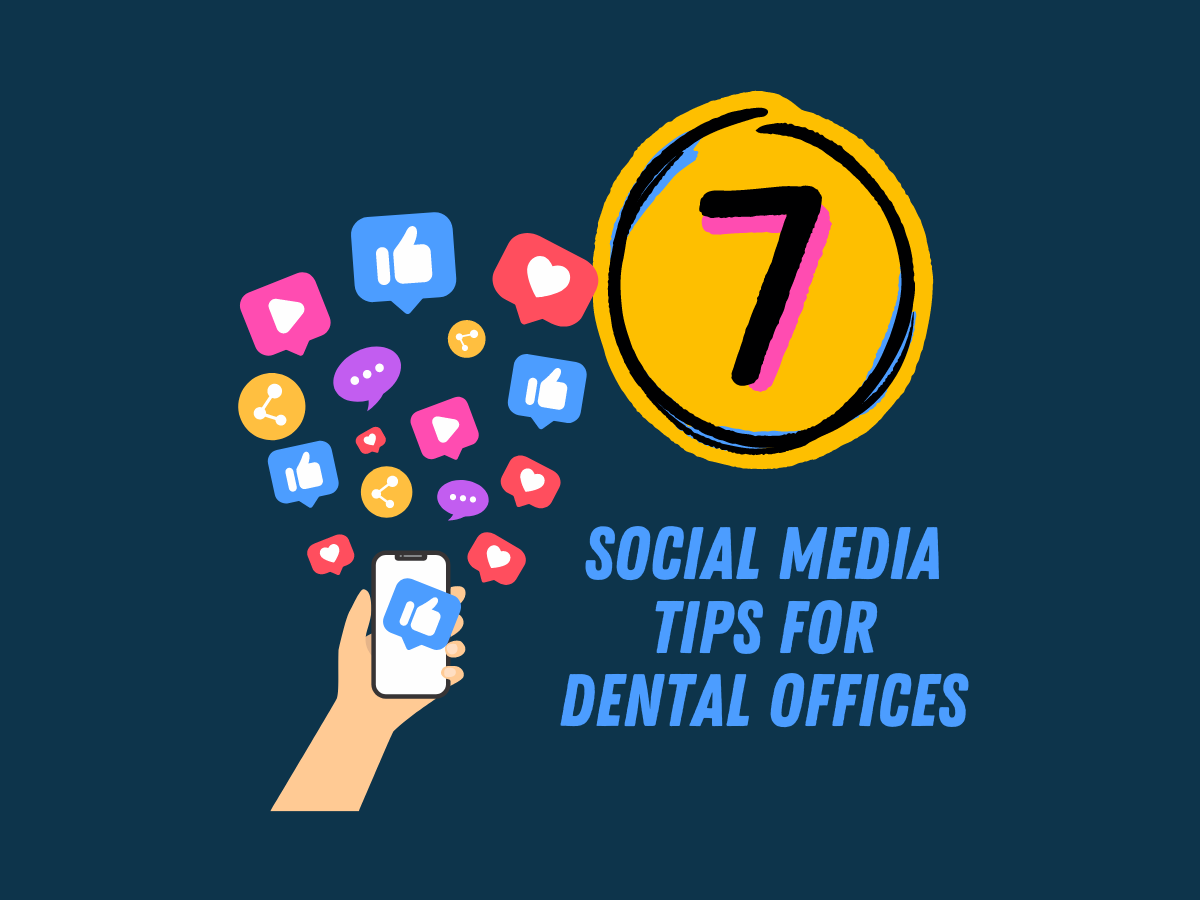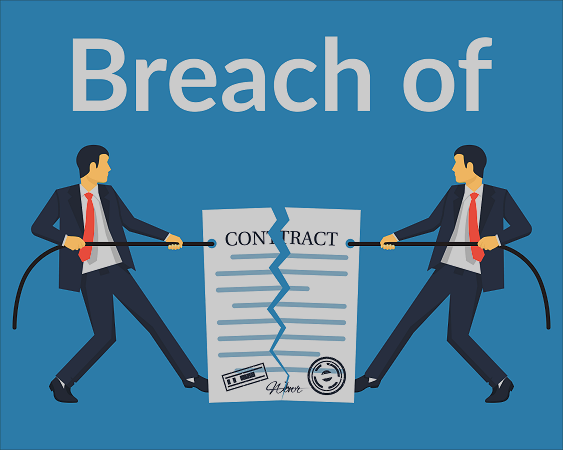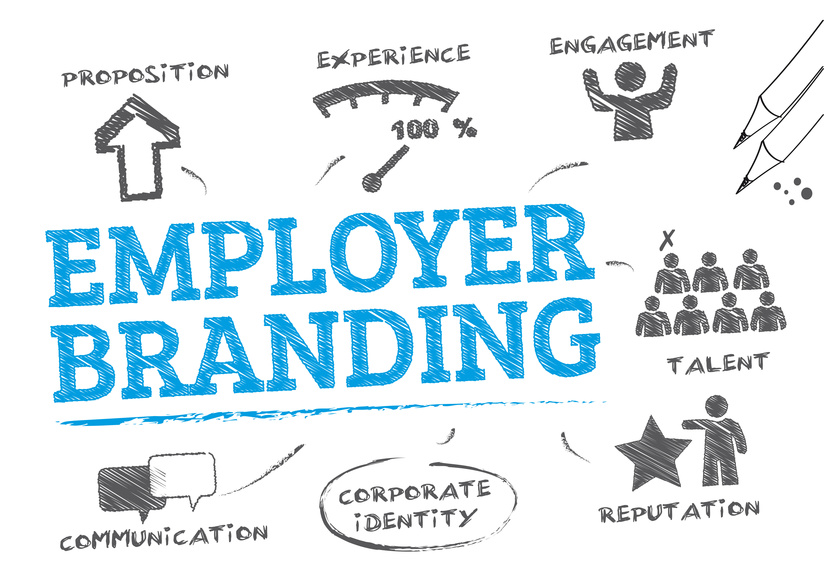Dental Economics-Dental News – Motivation: How it shapes your future
Dental Economics-Dental News – Motivation: How it shapes your future
Shared via AddThis
Motivation: How it shapes your future
Michael Schuster
September 30, 2009
by Michael Schuster, DDS
For more on this topic, go to www.dentaleconomics.com and search using the following key words: recession, four levels of dentists, creating wealth, motivation, procrastination, low value awareness, Dr. Michael Schuster, the Schuster Center.
“All behavior is shaped by the reward we believe and expect the behavior will produce.” — Thorndike
There are distinctly different types of motivation that work in distinctly different directions with different results. Individuals and organizations are either moving toward what they want or away from what they don’t want. We have all developed a toward motivation and an away from motivation: toward fun, comfort, satisfaction, and peace of mind, and away from pain, problems, distress, and complications.
Both motivations are useful in different situations, and we all use both motivations. But for most people, one predominates.
It’s vital to understand the predominate motivational direction of each team member and patient with whom we work. We’ve all met people who get up early and are excited about life and need little or no guidance or prodding. We have also worked with people who need the threat of job loss to motivate them.
Both types of motivation work. However, when anyone primarily uses away from motivation, once they are away from danger, they have no more desire to move onward and upward. Generally those who use away from motivation do so because they are experiencing discomfort. In my experience, away from individuals lose money when they invest and are rarely very healthy individuals. Let me explain.
In away from motivated people, the pain must be really severe before they take action. They feel the “threat” and see the value of their investments going down, but they usually don’t act until they’ve lost a great deal of money.
Another example is health and disease. I talked with a dentist who was procrastinating about how to improve his practice. He was in the hospital, more than 100 pounds overweight, diagnosed with diabetes, with a blood clot in his leg so severe he might lose his leg. He actually told me, “I never thought this would happen to me. I thought I was invincible.”
This is an amazing true story of away from motivation. How bad does it have to get before he becomes serious about his life and practice? Individuals with away from motivation often lose their desire to improve the further away from threat they are.
The problem with procrastination
Since away from individuals are moving away from the truth, they generally end up in a place they don’t like. When your mind is preoccupied with what you don’t want rather than what you do want, you continue to repeat your past and make no long–term progress. Rather than focusing on the desired future, people are so busy running away from what they don’t want that they run right into it.
Procrastination is the sneak thief of life. Procrastinators (generally people with an away from orientation) live in a great deal of anxiety and pain and have built up a resistance to it. So it takes a great deal of pain, anxiety, and discomfort for them to overcome their fear and move forward. For many, the first attention they pay to diet, exercise, proper eating habits, and stress reduction is after a near fatal heart attack.
I am not sure what percentage of the population is away from versus toward motivated, but my guess is that 80% to 90% are away from motivated rather than toward motivated. To show how predominate the away from motivation is in our culture, let me share my experience of many years in working with dentists regarding money and investments.
Every week I talk with one or more dentists who have lost 50% of the investment value of their retirement, 401K, or college planning accounts. Several times a month I lecture to small groups of dentists, and when I ask why they are there, invariably someone responds, “My 401K is now a 201K or 101K.” This absolutely mystifies me, but it helps prove that away from motivation predominates.
The top of the S&P; was around 1565, and the bottom was 677. That’s a decline of more than half. Every time we have a recession, which is about every eight to nine years, the majority looks for new investment managers. Why?
They look because they have lost so much money. Away from investment advisors and investors ACT when they experience great pain or discomfort. After every major drop in the value of securities is a rise. It always comes back, but what you own may not come back. The companies in which you invested may have experienced “creative destruction” and may never return to their former value.
Since away from motivators have to experience extreme pain before they act, it’s easy to see how they can let their investments slip to great depths before they do anything. These same people could wake up and understand themselves and then realize that they must protect themselves, rather than wait to act under severe and serious distress.
Make a plan and have a strategy
A toward motivator is always looking forward to specific goals and objectives. Both should have a specific strategy rather than simply relying on emotions. Since the value of any investment is determined by the emotions of the masses, it is critical to have a plan to protect health and wealth. Toward motivated people are creators; away from motivated people are reactors. To be effective, both types must understand their motivational direction, because it impacts every aspect of their lives and businesses.
Click here to enlarge image All success requires a plan and a strategy. I tell my investment advisor that no matter what, I never want to lose more than 10% in any year, ever. So I personally invest 33% in cash–like instruments, 33% in municipal bonds, and 33% in stocks, mutual funds, and real estate.
I realize that I won’t make as much money when the market goes up, but I also won’t lose nearly as much when the market goes down. Every three months I have the entire portfolio rebalanced to minimize my risk and optimize my gains.
Here is an interesting piece of data that proves my point. An S&P; of 1565 to 677 is a 56.74% drop. At 677, I would have to gain 131% to get back to where I was. This explains the vital strategy of stop losses or conservative management of your investments. How many years does it take to get 131% back?
I would say the same toward motivation works with your health, relationships, and practice. Planning is the key. On the other hand, the majority of people I meet don’t have a clue as to what they really want. How can this be?
It’s because they are away from motivated. They have learned this style of motivation and are so busy running away from what they don’t want that they don’t have time to focus on what they really, really want.
It’s critical to realize that we always make the best choices available to us. Whereas I do believe this is true, I also believe that my responsibility is to help people find better options, and that if they’re doing what they have always done, they are going to get what they have always gotten. So what’s the key to all of this?
Values are the single most important factor. Values enable you to break through the fog and center your decisions and actions on what matters most to you. Individuals with strong values are less likely to waste time and are more strongly motivated. Individuals in an away from motivation nearly always lose their desire and find it difficult to stay focused, on track, and inspired.
Individuals with low value awareness easily go off track, procrastinate, and wait until the pain gets so bad they can’t stand it and react. They end up in the hospital with a heart attack, diabetes, or stroke. Or they end up losing 50% of their investments. Or they spend their lives reacting to other people’s problems, or they wait so long they lose their business or practice.
Human behavior is fascinating, if not humbling. Watch your patients’ procrastination, watch your investments go down the tubes, even watch your practice go downhill. Or you can rise up and take control of your health, money, time, and practice. You can either react or create. You can spend your life moving away from pain, discomfort, and distress, or you can move toward what you really want to create in your life.
A practicing dentist, Dr. Michael Schuster founded the Schuster Center in 1978. Guiding more than 3,500 graduates to achieve wealth and freedom, the Schuster Center is the first business school created exclusively for dentists. It celebrated 30 years in 2008. Dr. Schuster is a cadre and former director at the Pankey Institute, adjunct faculty at the Dawson Center, OBI, and LSU Cosmetic Continuum. Dr. Schuster can be reached at www.schustercenter.com or drmikeschuster@msn.com.










